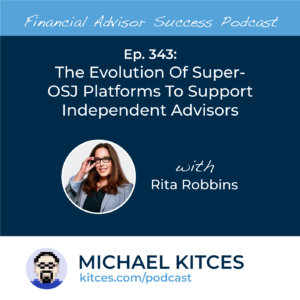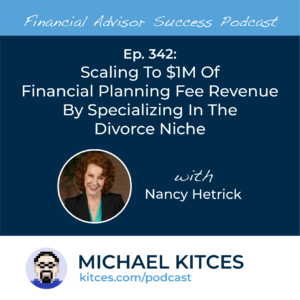Financial plans play an important role for both clients and advisors, as they not only help clients gain a clear perspective of their current financial position, but also provide advisors with a systematic way to organize their analyses and communicate their recommendations to the client. However, there is no standard style of what is included in these plans, and as financial planning software has gotten more sophisticated and capable over time, "The Plan" has gotten longer and longer with additional (optional) components, giving financial advisors significant latitude when it comes to how they create and deliver plans (although the option they choose can be driven in part by the way they charge clients as well as the available technology).
While advisors have traditionally delivered their plans in static, written format, Kitces Research data indicate that a "collaborative" approach to plan development (where planning software is used as an interactive, collaborative tool in client meetings) has become increasingly popular, used by 47% of respondents, compared to 32% in 2020. This was followed by 25% of respondents who reported using a "custom" plan approach where advisors developed a custom-written plan for each client's circumstances, 19% primarily producing "comprehensive" plans consisting of printed reports from financial planning software, and 9% using "calculator" plans that calculate the client's needs or gaps, which help the advisor identify specific products to implement.
While the potential revenue and income benefits of a collaborative plan approach are mixed (on average, advisors who use this approach fare better than those producing custom-written reports, come in about even with those taking a calculator approach, and fall behind advisors using printed plans from financial planning software programs), advisors producing collaborative plans also tend to update client plans more frequently and have more client touchpoints throughout the year. Which could lead to better client retention over time (and potential client amenability to fee increases), given the ease of making plan adjustments and increased engagement the advisor can facilitate.
Notably, advisors considering a collaborative approach to financial plan development and delivery (or who have already implemented such an approach) have a range of software options that can enhance the collaborative planning experience (e.g., eMoney's Decision Center, MoneyGuide Pro's Play Zone, and RightCapital's interactive features). In addition, staff members included in the planning conversation can further enhance the delivery of collaborative plans (e.g., by running the technology while the advisor guides the conversation).
Ultimately, the key point is that as technology has improved and virtual meetings have gained popularity among advisors (and their clients), many advisors have adopted a collaborative approach to financial plan production and delivery. Which can create a more interactive planning experience (compared to static written plans) and more frequently updated plans, while potentially increasing client engagement and improving client retention!




